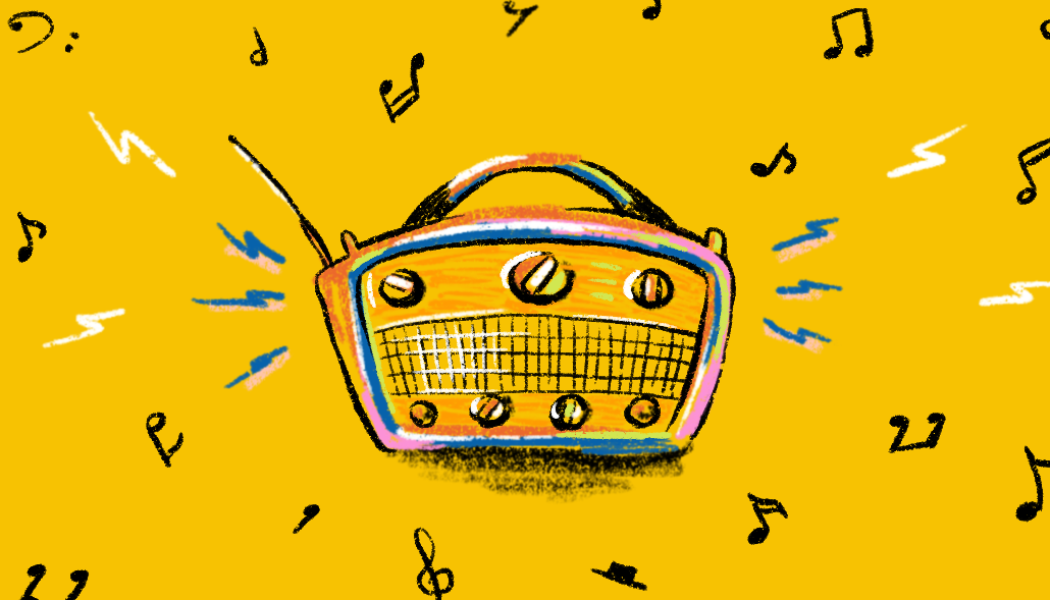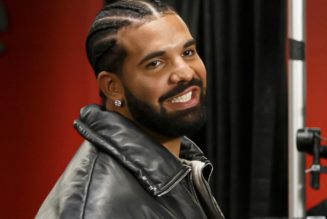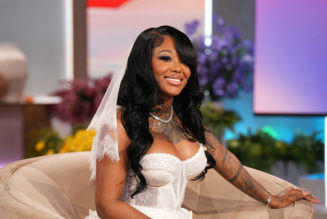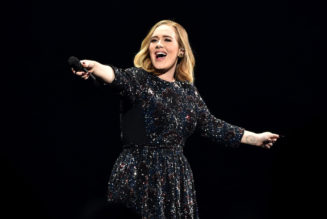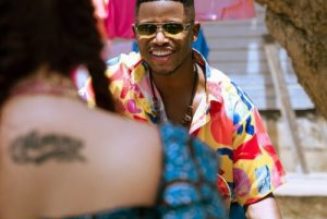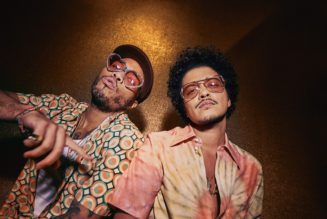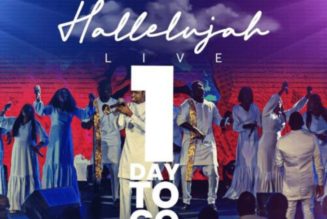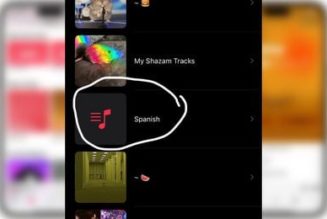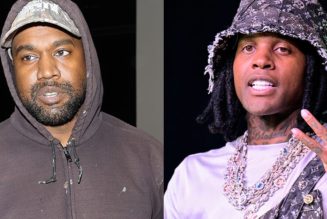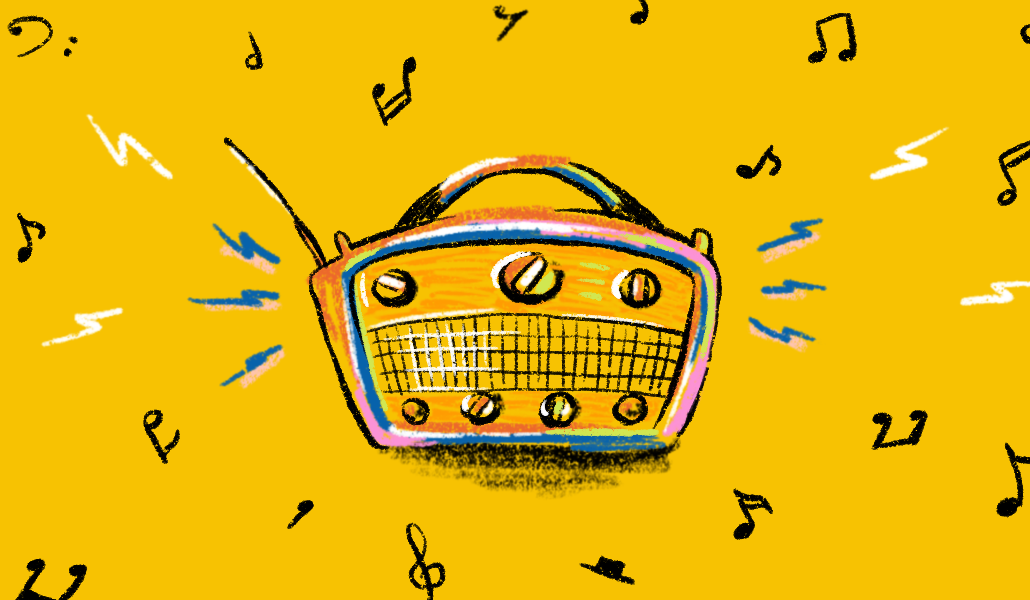
In a crowded marketing landscape, brands today are making an effort to appear more authentically in culture rather than intrusively appearing around it. Brands like Mars Wrigley’s 5 Gum and General Mills are hoping their investments in music marketing will help.
“From a marketing standpoint, when music is really leveraged appropriately and strategically, it can be a massive catalyst for brands,” said Mauricio Barreda, strategy lead at Mother in LA. “It can really help you build that affinity, that connection to your core audiences, to the groups and communities you’re trying to connect with.”
Last month, 5 Gum hired rapper J.I.D to release a new track available only to five fans. It’s unclear how the stunt performed as the brand is still wrapping up the campaign. The financial agreement was not made available. This builds on last year’s work in which the gum brand rolled out a collaboration with rapper Yungblud. That collaboration led to 5.5 billion earned media impressions, a bump in web traffic, social engagements, and share of voice, according to Scott Paul, brand manager on 5 Gum. He did not provide further figures. Next year, that work will continue, he added. It’s unclear how much the Mars Wrigley brand spends on music marketing as Paul declined to offer details.
Meanwhile, General Mills created its own song, remixing “Monster Mash” to promote its Carmella Creeper cereal ahead of Halloween. Lactaid, the maker of lactose-free dairy products, partnered with singer-songwriter Kelis to remix her original song “Milkshake.” Perhaps the most adventurous is Coca-Cola, which went as far as creating Coke Studios, Coca-Cola’s music platform that creates original songs.
To agency executives, advertisers are increasingly looking to music to break through in a crowded digital marketplace — whether that be through original music, partnering with an artist or using a nostalgic sound in an ad. Unlike video games, movies or other forms of entertainment, music can also be a gateway to fashion and other parts of culture, according to Alex Booker, executive creative director at BBDO NY.
“The way we see it, music in particular plays a huge role in setting the tone for culture, mainly because music has never just been about the music,” Booker said in an email. “It’s all these reasons that we see brands aligning themselves with music — it’s a shorthand to saying, ‘Hey consumer, we’re into the same things.’”
Marketers using celebs for music or even creating their own songs isn’t a new phenomenon. But, agency execs say, TikTok’s ability to make a sound viral has changed the music industry itself and spurred marketers’ interest in sounds. Gaming companies too are getting in on the trend, partnering with musicians to produce original songs and content.
It’s unclear how much brands are spending on music marketing this year. But advertisers could expect to shell out six to seven figures at most pending licensing, publication, recreation and commission to the music house that facilitates the relationship between the brand and agency with decision makers in the music space, according to an agency spokesperson.
Brands have to be sure to align with the correct artist, however. “Sometimes, brands think they can borrow or buy their way into an identity so they don’t have to build it themselves,” Barreda at Mother LA said.
Stacey Wade, CEO and executive creative director at NIMBUS, a Black-owned marketing agency, echoed Barreda’s sentiment, saying there’s a fine line between appreciation and appropriation when it comes to music marketing. “You’re not just using the music,” Wade said. “You’re using the personality and the artist that comes with the music.”
With music streaming being one of Gen Z’s most popular media activities, according to Insider Intelligence, expect music in marketing to be a trend that continues, execs say.
“This trend that we’re talking about is going to continue. Bringing artists into the actual spots, that’s something that’s started to ramp up as a trendy thing to do. It’s going to continue,” Wade said.
